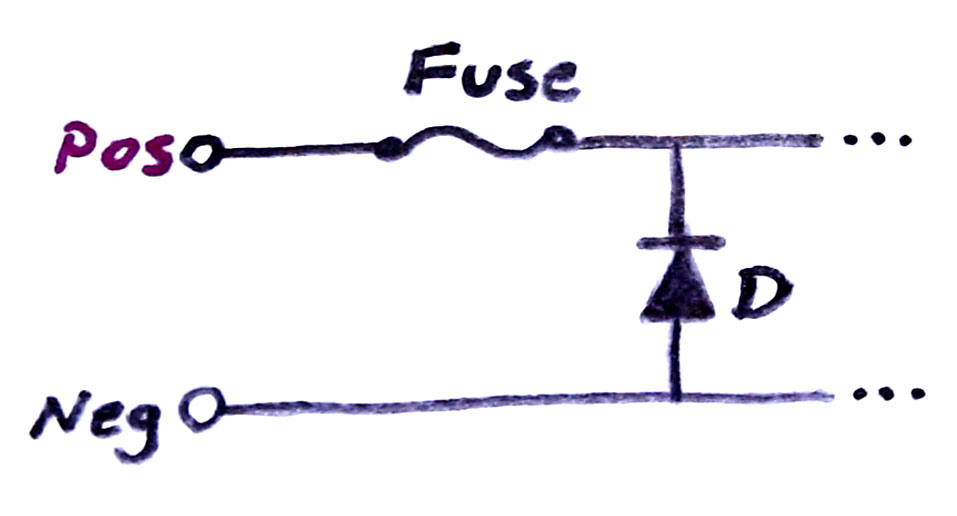- Joined
- Jul 9, 2009
- Messages
- 178
- Points
- 28
Long-time no see fellas! Getting back in the light amplifier hobby after some time off. I used DTRs excellent service to obtain a num44 V2 and a blackbuck 5.5A driver. I had it working but was testing with two 18650s outside a host and made the rookie mistake of connecting power in reverse polarity(facepalm)! In my defense, I was in the dark oogling at the bright but horribly divergent beam.
I understand there is a ceramic fuse which may save the day. I have SMD rework equipment and good soldering skills, I could check for continuity but I'm multimeterless ATM due to moving. Never let the wife pack tools!!!!!
Anybody give me the location of the fuse.
I understand there is a ceramic fuse which may save the day. I have SMD rework equipment and good soldering skills, I could check for continuity but I'm multimeterless ATM due to moving. Never let the wife pack tools!!!!!
Anybody give me the location of the fuse.






